What is Italy’s “Ferragosto” and WHY Am I Not On Vacation?
…And why does Europe shut down for a month in August?
Two years ago, I wrote a post called August in Milan about the Italian holiday period of Ferragosto, and how the city heats up and empties out. I spent much of that August sitting on the stone floor of my un-airconditioned apartment (the only way to even try to keep cool, besides taking a cold shower) and listening to the quieter-than-usual traffic pass by under my window.
At the time, I was half complaining about it. But now, as a freshly repatriated expat in hard-working Chicago, I remember it fondly.
Ferragosto is August 15th every year, and it’s a national holiday in Italy and Switzerland. In modern Italy, it’s the centerpiece of much more than one day off – anything from two weeks to a month.
There isn’t really a direct English translation for Ferragosto, but it comes from the Latin for “the holidays (feriae) of Emperor Augustus.” (But people generally think of it as a portmanteau, or a smashing together of words, of the Italian words for “holiday” and “August.” Simple. )
How, you ask, could such a beautiful thing come to exist?
The original roots of Ferragosto are in ancient Rome as a celebration of the end of the summer agricultural season. And I’m not an anthropologist or anything, but it seems significant that ancient Italians started celebrating presumably before the harvest, while Germans, for example, didn’t start the fun until after the harvest, with Octoberfest.
I can totally still see the cultural difference today in Italy, when comparing the work culture to that in the US. Italians work hard, sure, but there’s no Protestant guilt over taking a break, and no obligation to log enough work days to “earn” your vacation.
Ferragosto, and the Italian attitude toward time off in general, is purely, proudly about pleasure and the inherent value of relaxing.
And of course, like almost everything in the birthplace of Catholicism, Ferragosto has a more recent, religious significance as a the date for celebrating the Assumption of Mary in heaven.
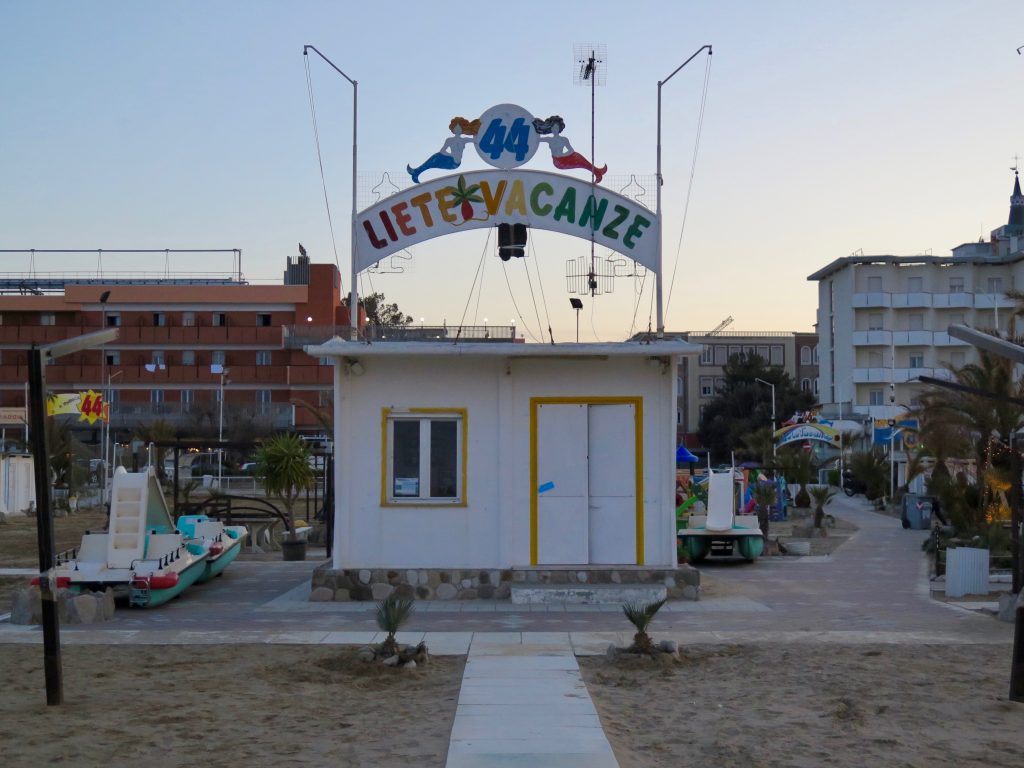
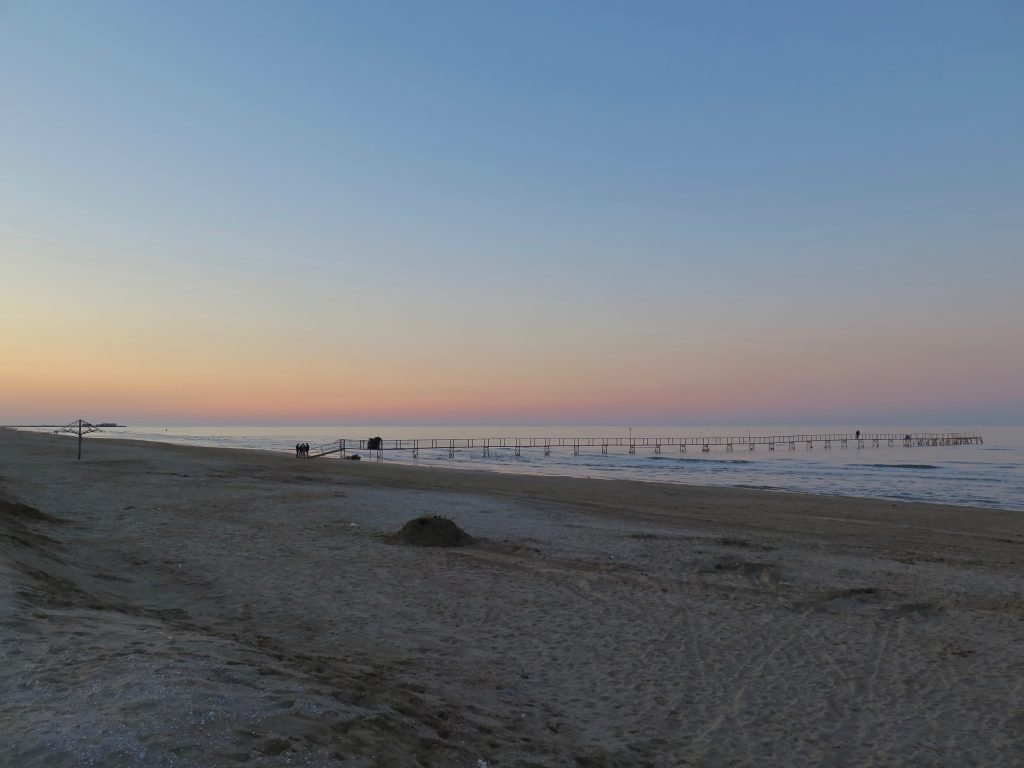
Back in the present day, the only thing most people hear when I talk about Ferragosto, and what it really means to most Italians, is an entire month off.
An entire month of my friends in Europe torturing me with vacation photos from Sicily and video calls from the beach in Tuscany, while we work away in our new American life.
When we lived in Italy, we used to resent the rigid dominance of tradition and the calendar there. Now, I keep hearing complaints from friends back in Italy (Italians and non-Italians alike) that they “have to take a vacation right now.”
It’s true: If you work in France or Italy (as my Italian husband and I did until this summer) you essentially must take some of your paid vacation days in August. While France doesn’t call its celebration Ferragosto, they follow a similar holiday schedule and almost everyone is on vacation for part or all of August.
Every company in Italy except the large multinationals shuts down for at least two weeks for Ferragosto, so employees don’t have any choice but to take vacation.
That’s paid vacation, of course – most jobs in Italy guarantee five weeks per year. In France it’s usually seven weeks’ paid vacation.
Throughout the past year, I listened to my boss in France gripe about how the (luxurious) French holiday schedule makes it so hard to get work done (even though he is French). Then I sent him an email during the first week of August and got an auto response saying he would be out of the office until August 26.
And for the past two weeks, I’ve been entertained by listening to my Italian husband try to explain to his American industrial clients that their orders won’t be shipped until September because Europe is closed for business right now.
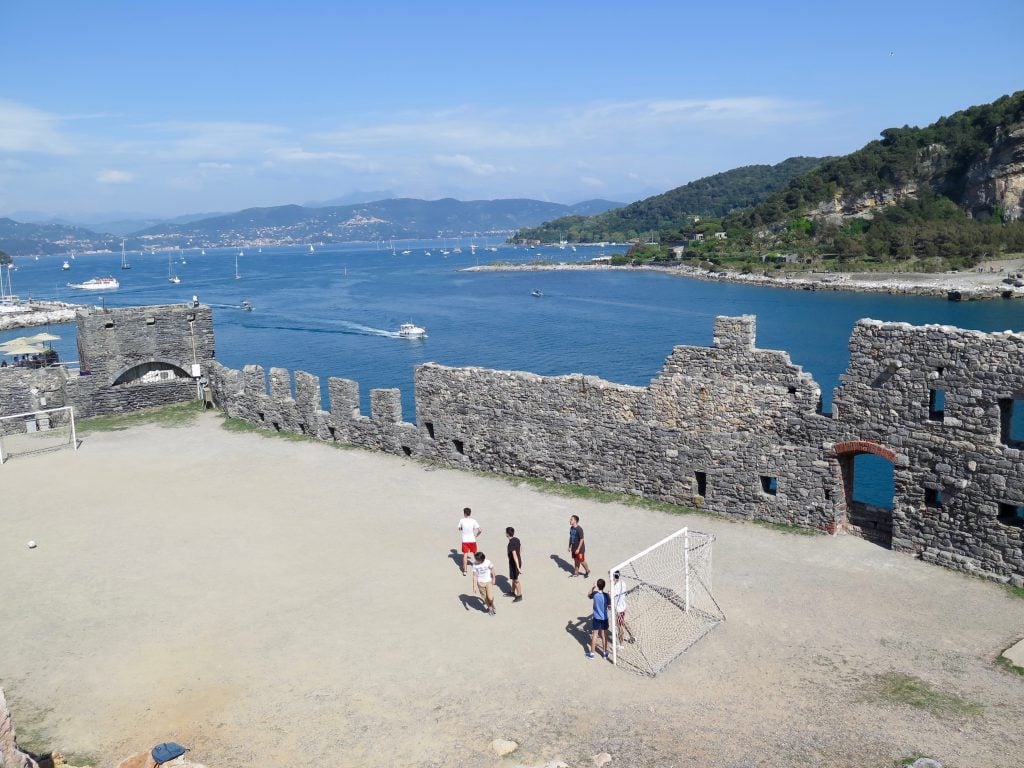
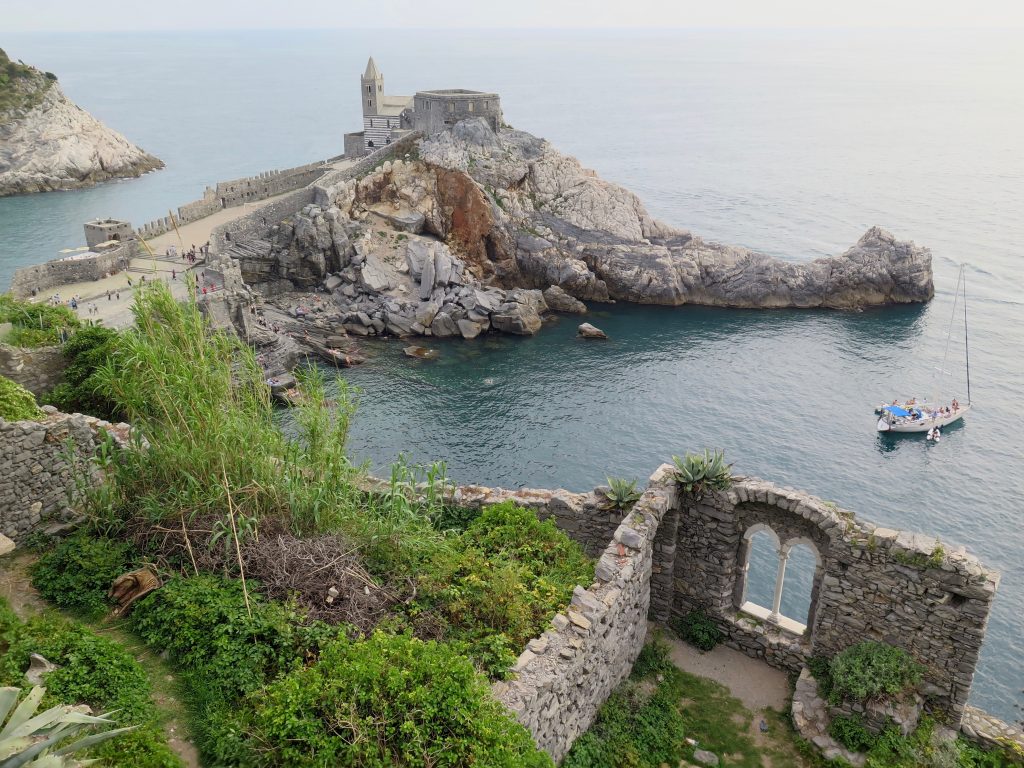
This imposed Ferragosto vacation can also be frustrating if you work in Italy or France because:
1.) Hey, maybe you would like to take your vacation in October, or February. And,
2.) Everyone takes vacation in August, so it’s the most expensive time of the year to travel to, from, or around Italy.
But honestly, any frustration I feel about Ferragosto is mostly from my stubborn, independent American side.
The side that prefers to do what I want when I want, instead of having to follow the crowd.
However, my other American side – my overworked, under-vacationed American side – sees that the tradition of Ferragosto (while, yes, limiting my freedom of choice) does have the positive effect of making people actually go on vacation. It’s a stress relief valve built into the culture.
I’ve been reminded lately that this doesn’t really exist in the workaholic USA, where people even accumulate unused vacation days over the course of years. (Unheard-of and incomprehensible in France and Italy.)
Ferragosto may not give Italians as much individual choice, but it does provide the communal privilege of a healthy, guilt-free escape from work. If everyone has to go on vacation in August, at least everyone goes – crowds or no crowds.
So do yourself a favor this year, take a hint from Italy, and take a break already. Do it for the Virgin Mary, or for the Emperor Augustus, or for your own sanity, but just do it.
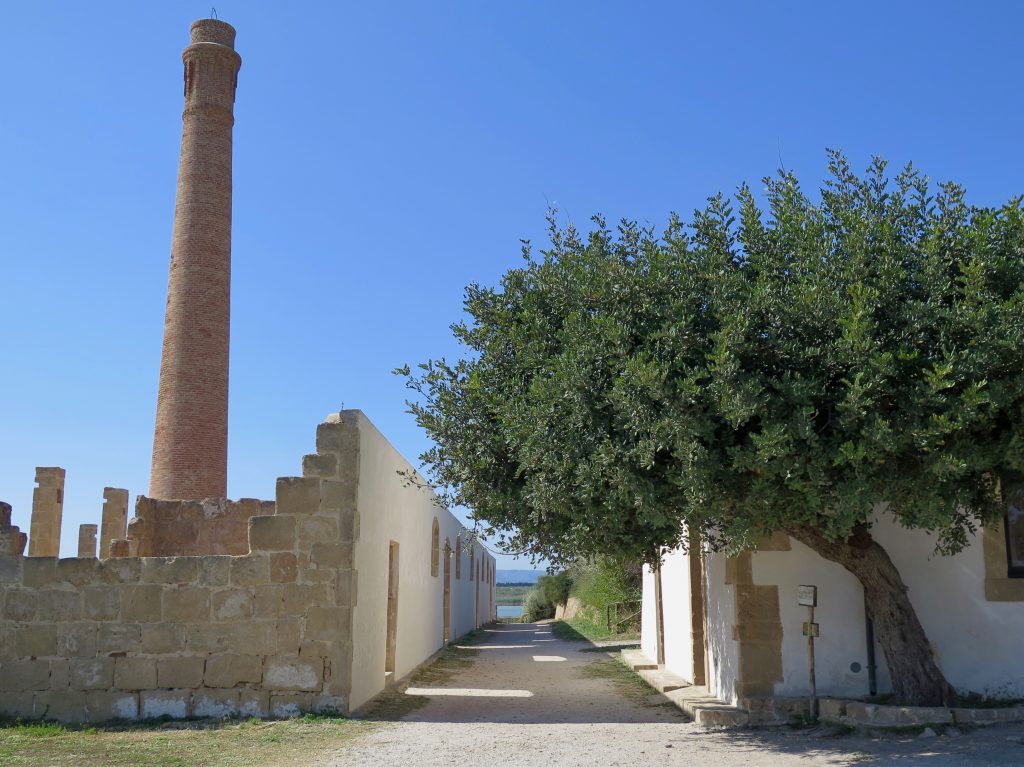
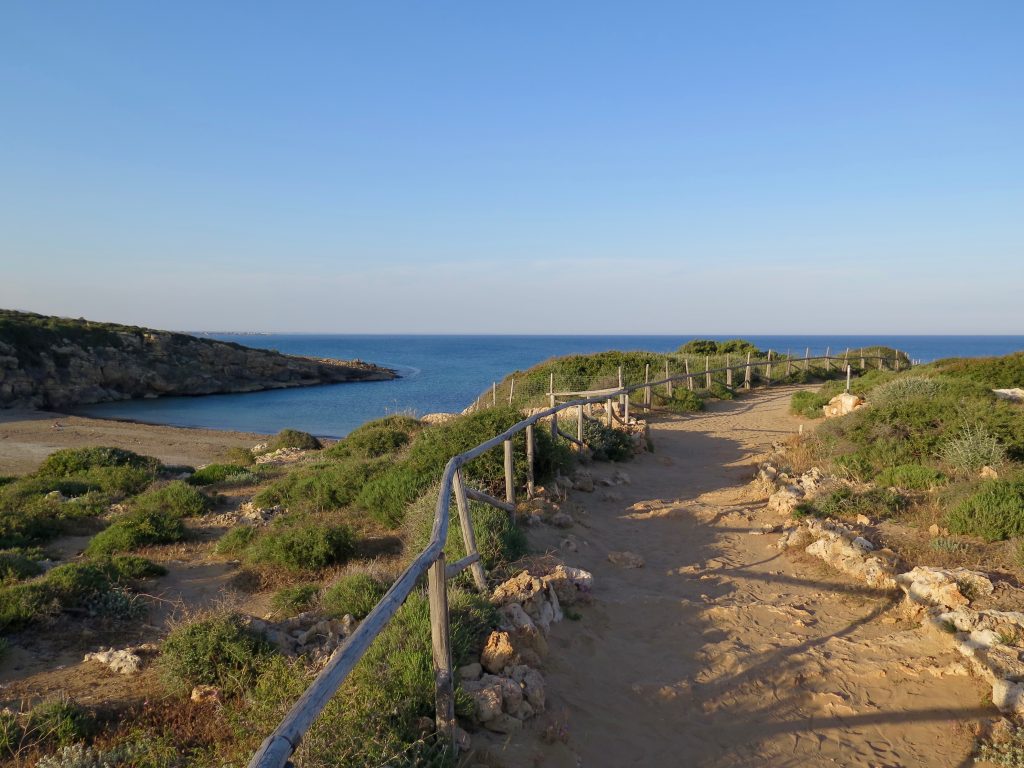
Visiting Italy in August? Some advice:
I really don’t recommend traveling in Italy during Ferragosto, but if you do it, at least do it like a local: Take the train.
I generally recommend booking tickets through Omio, because it lets you compare trains from multiple companies in one search.
My in-depth guide to train travel in Italy has all the details on the different kinds of trains, how to buy tickets, and tips to avoid getting a fine or missing your train (from hard-earned experience!). Or check out my post comparing the best ways to book train tickets in Europe.
In my experience, trains are almost always the best way to get around Italy. This is especially true during busy travel periods for locals, such as Ferragosto and April 25th (Liberation Day, celebrating the end of WW2 in Italy). You don’t want to be on a highway during these times, because you will run a huge risk of getting stuck in traffic, at a standstill, for hours. It’s happened to me, and I wished I’d taken the train.
Unlike in the US, trains in Italy go to every city and nearly every tiny town, and offer many options for daily departures.
More posts for planning a trip in Italy:
- Planning a group trip? Check out how I find affordable villas to rent all over Europe.
- Show up prepared, instead of feeling like a clueless tourist – check out my post about How to Eat in Italy! It covers everything from avoiding overpaying for coffee, to decoding the courses on an Italian menu, to when to tip.
- Here are my favorite restaurants all over Italy. (Note: Many are small, family-owned places that may very well be closed for all or part of the Ferragosto holiday season.)
- Read the story of Italy’s first Starbucks and the coffee culture and history related to it.
Enjoy!
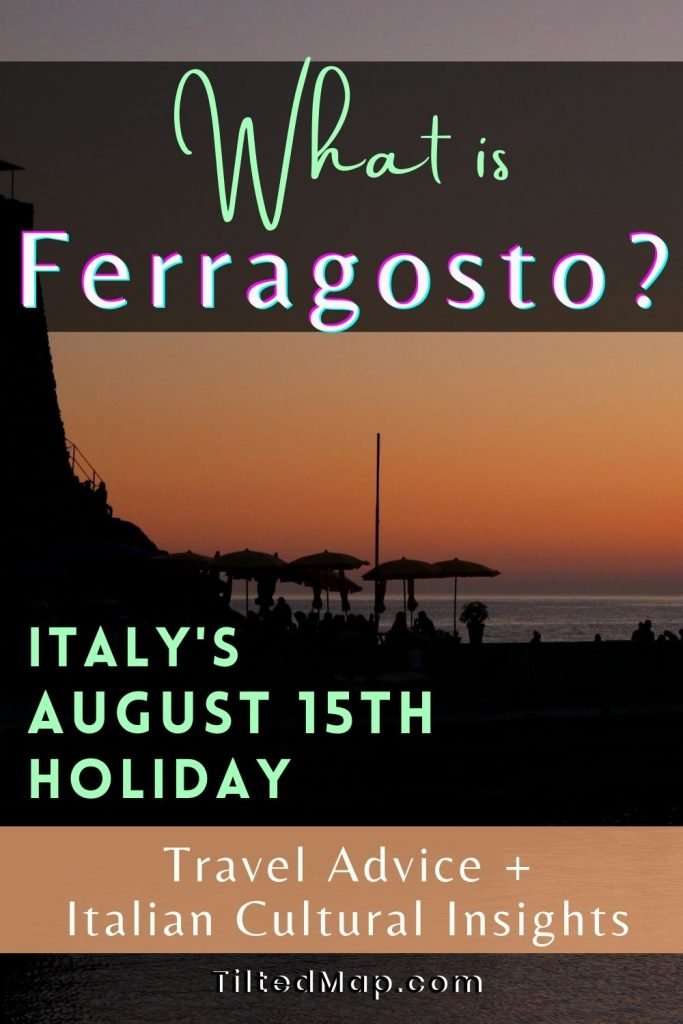

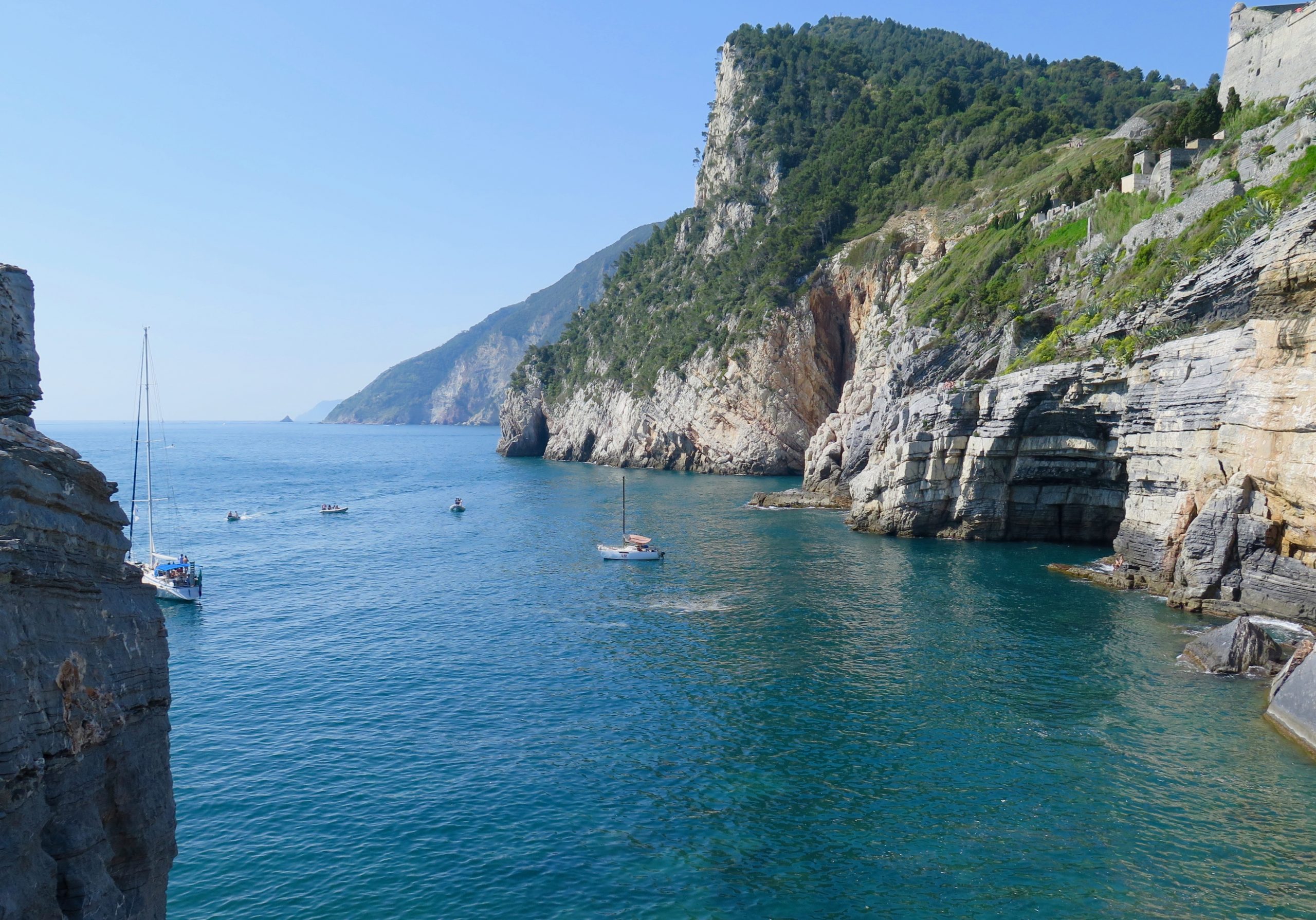
![Pasta & Broccoli [A Well-Loved Recipe Stolen from My Italian In-Laws]](https://www.tiltedmap.com/wp-content/uploads/2021/01/Broccoli-for-Italian-pasta-recipe-©KettiWilhelm2021-768x533.png)
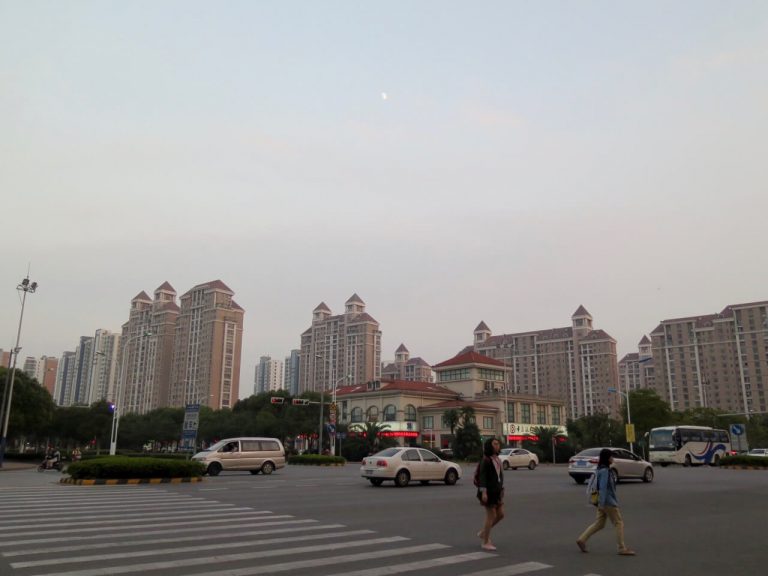
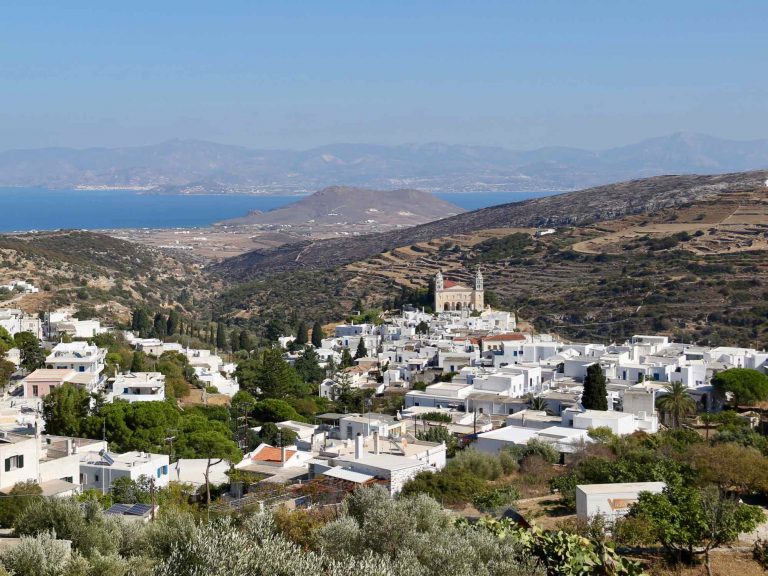


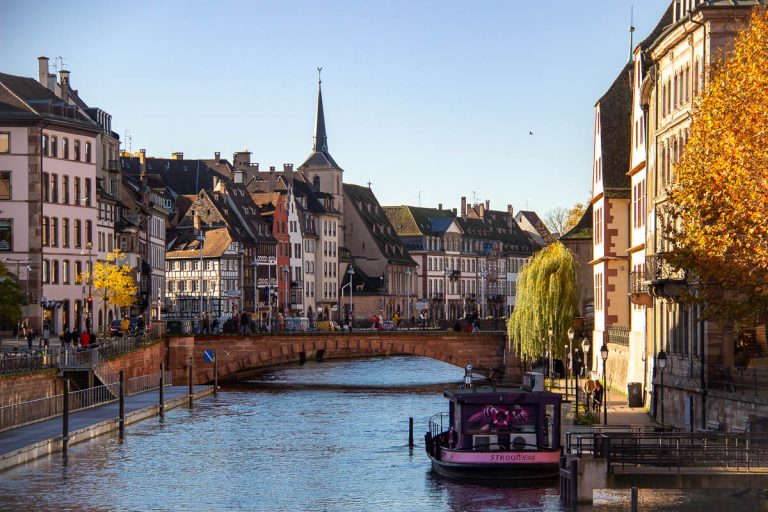
The August closing in Italy was basically motivated by being the most hot month of the year, and big companies such as Fiat , having to stop their production machinary for the annual maintenance, choose that month to send the workforce in holiday. Now, due to the climate change, July is getting the most hot, but still the Ferragosto tradition is in effect, although now companies close only during the 2 central weeks of August.
Ferragosto is also a religious day, important for many of the italian elderly, being traditionally the day of the assumption of Mary (Madonna) into heaven.